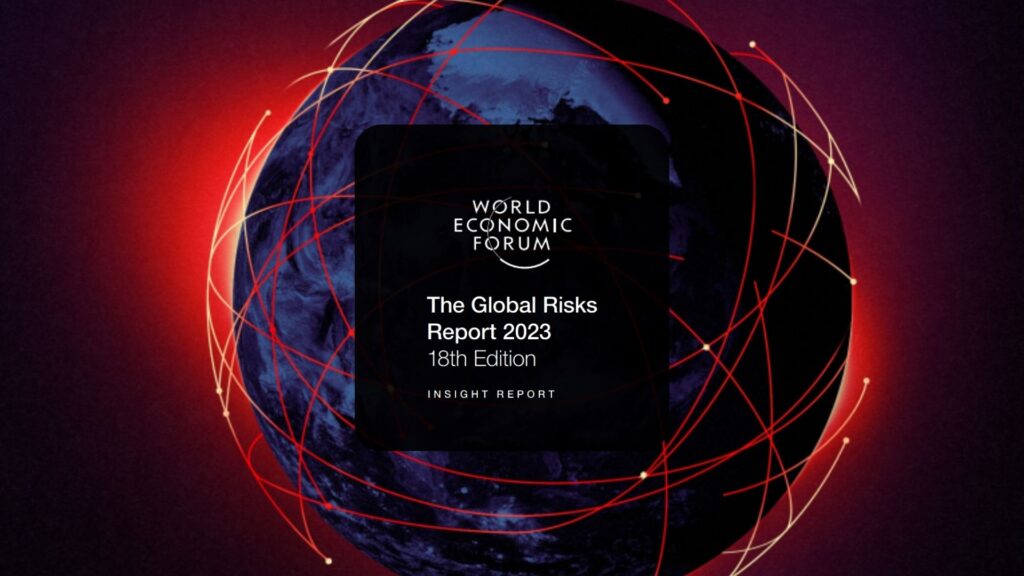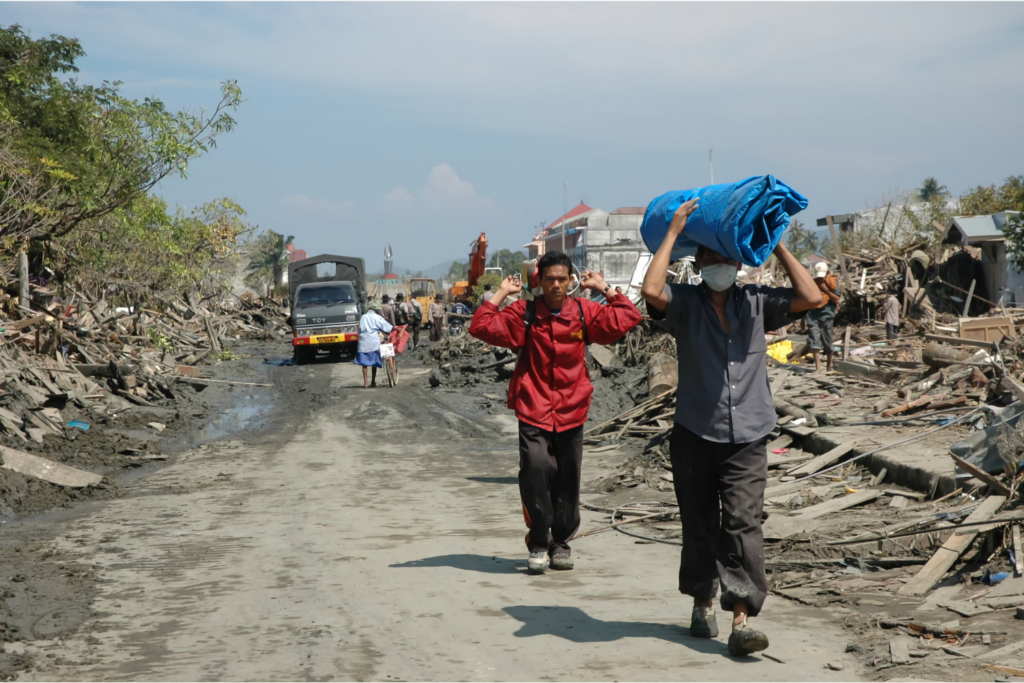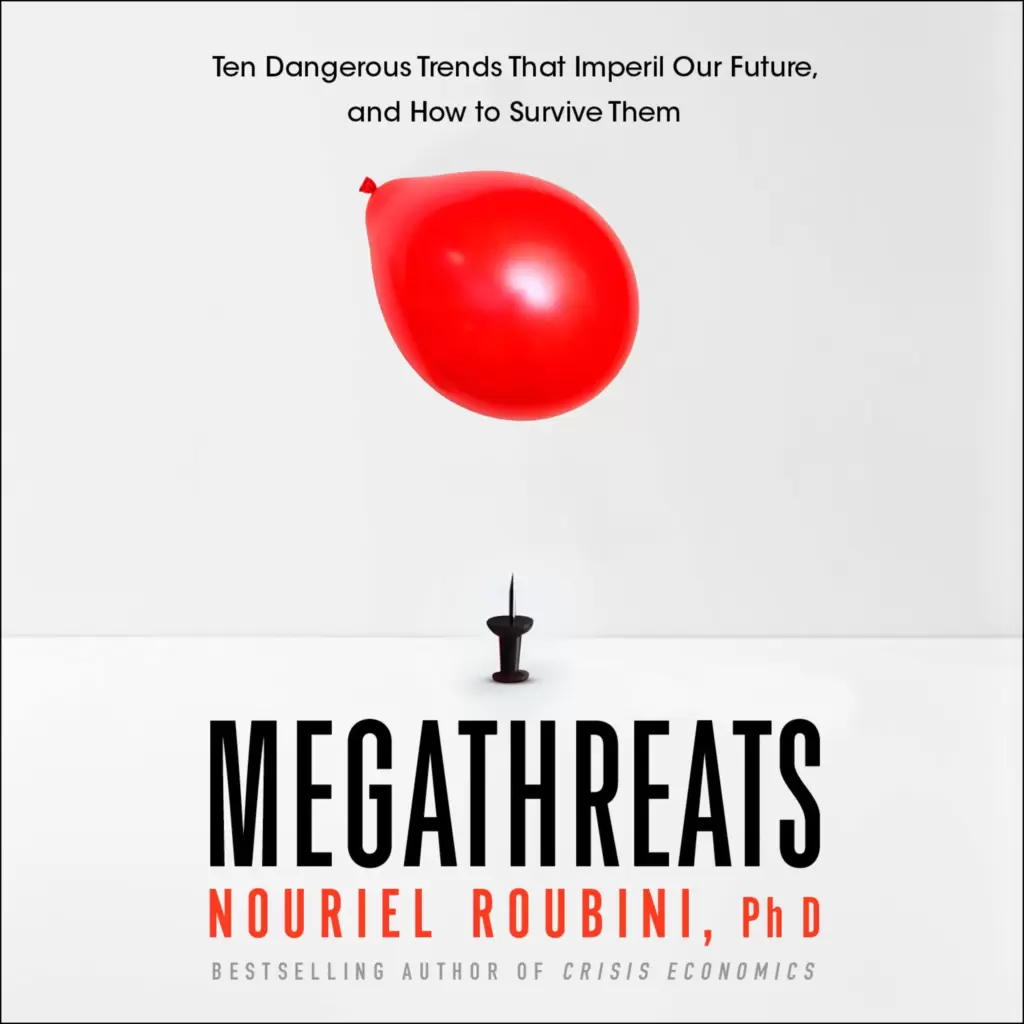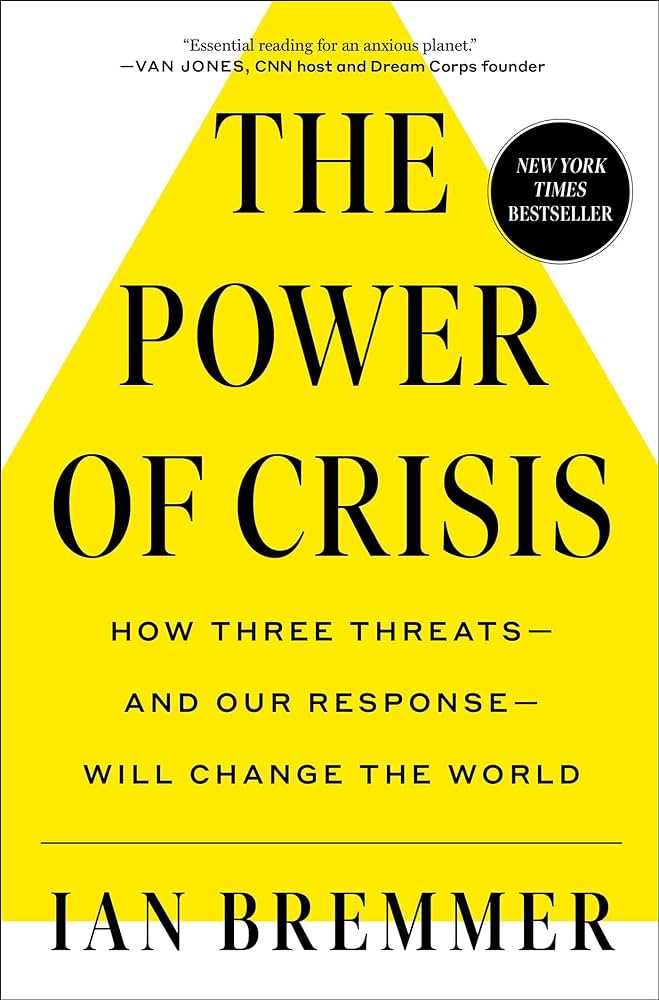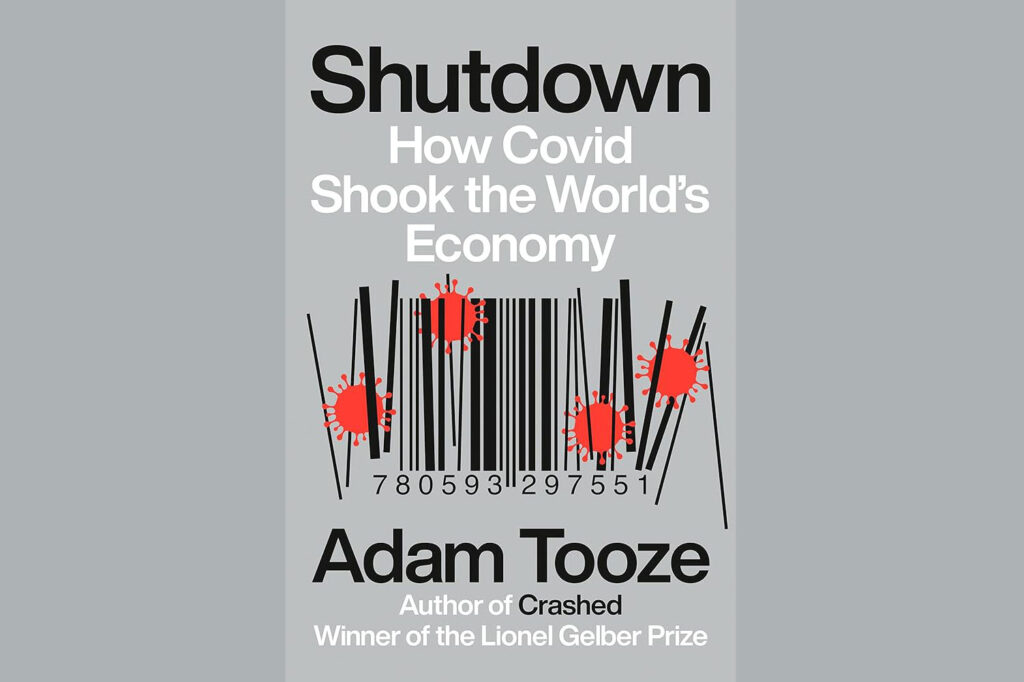Why the World Feels so Unstable Right Now
Tim Palmer discusses the challenges of predicting events in nonlinear systems that, by nature, experience intermittent instabilities, as in the famous “butterfly effect”. Today, continued emissions are increasing the instabilities and uncertainties of climate change, while the economy and global health exhibit similar non-linearities. To deal with such uncertainties, he advocates ensemble prediction systems that […]
Why the World Feels so Unstable Right Now Read More »


